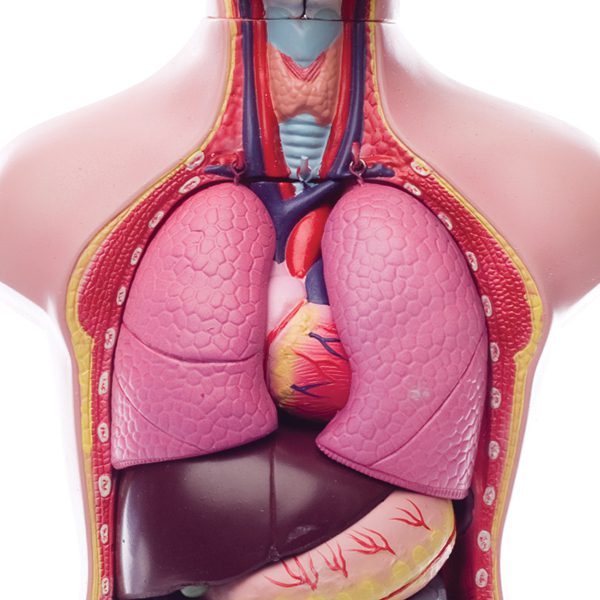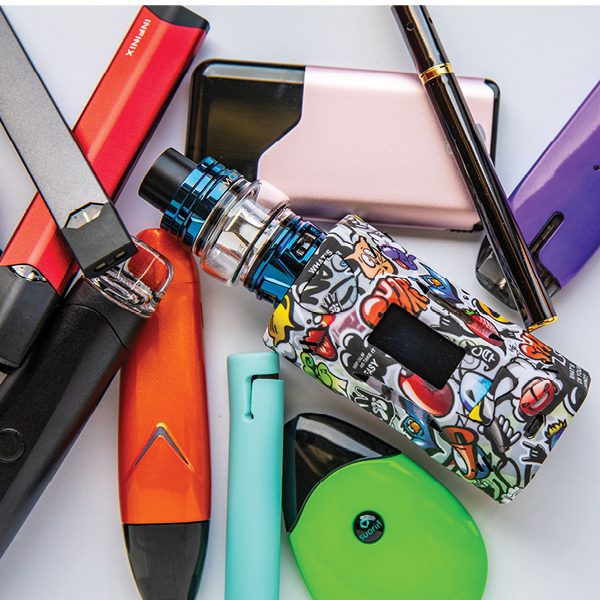Teen Vaping: What You Need to Know and How to Protect Your Kids

Why is teenage vaping considered an epidemic? Because the number of high school students using e-cigarettes skyrocketed by 78% — in just one year. Many e-cigarette supporters claimed that vaping was a safer alternative to cigarettes, but recent reports suggest that is not the case. Not only do vapes contain addictive nicotine, but new CDC findings have linked e-cigarette use to severe lung injury — and deaths. Here’s what you need to know and how to address it with your kids.

The Risks
Vaping is more than a fad, and addiction is more than a phase. Aerosols from vaping contain cancer-causing chemicals and heavy metals. Other adverse effects of nicotine use include:
- Impairment of young brain development
- Throat irritation
- Increased risk of chronic lung diseases including emphysema, chronic bronchitis and COPD
- Weakened immune defenses
Unfortunately, it doesn’t stop there. As of December 10, 2019, the CDC has reported a total of 2,409 hospitalizations and 52 confirmed deaths associated with E-Cigarette or Vaping-Associated Lung Injury (EVALI). They’ve identified Vitamin E acetate, an e-cigarette additive, as the potential chemical culprit, but the investigation is ongoing.

How to Spot Teen Vaping
If this information leaves you alarmed — you’re not alone. To protect your kids, watch for these warning signs:
- Artificially sweet smells
- Nosebleeds
- Increased thirst
- Caffeine sensitivity
- Unfamiliar batteries or chargers

How to Talk to Your Kids
Whether you suspect your kids are vaping or not, a healthy dialogue is still important. Chances are, they’re already well aware of vaping. In fact, they’ve probably heard lots of misinformation about it from their peers, so it’s important to equip them with facts. Here are some tips for tackling the topic:
- Find the right moment — maybe when you see someone vaping in public or in an ad. Allow it to feel natural and spontaneous, not planned and forced.
- Educate, don’t lecture. Recent surveys show that 60% of teen vapers were unaware that their device contained addictive chemicals. Use a tone that’s more informative than accusatory. Point the finger at Big Tobacco — not its victims.
- Use real-life examples, like friends or relatives who have faced nicotine addiction.
- Arm them with strategies to say no to peer pressure — and practice having those conversations together.
Combatting the teen vaping epidemic is just one of the many challenges of raising children in this day and age. By arming yourself with facts, watching for the warning signs and having candid conversations with your kids, you’ll will help keep your family safe.
Learn what it’s like to quit vaping with the Oklahoma Tobacco Helpline.







